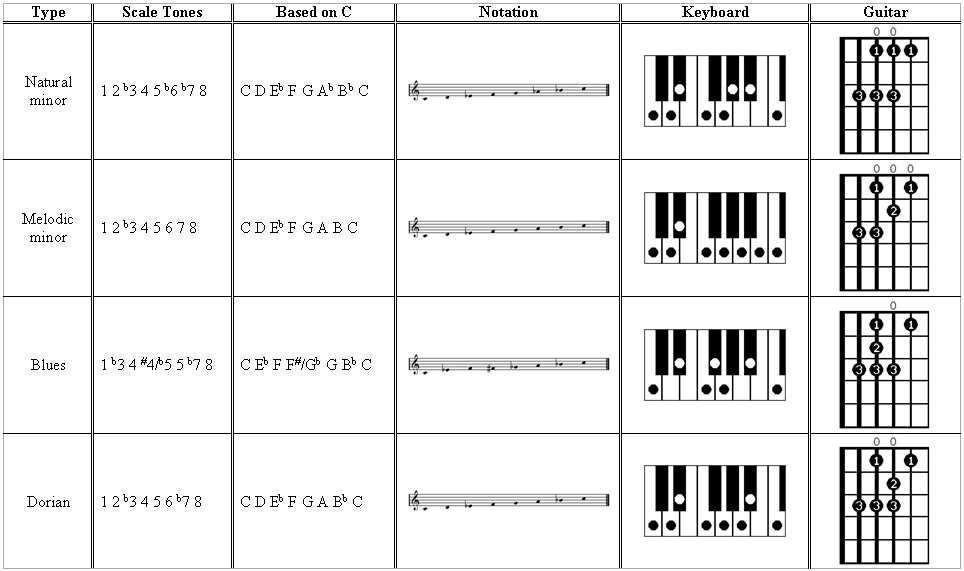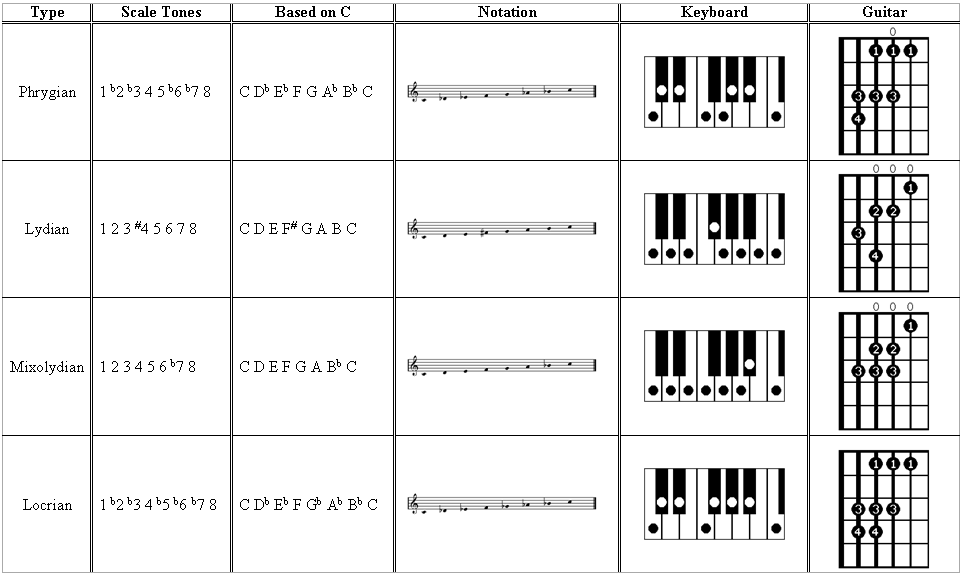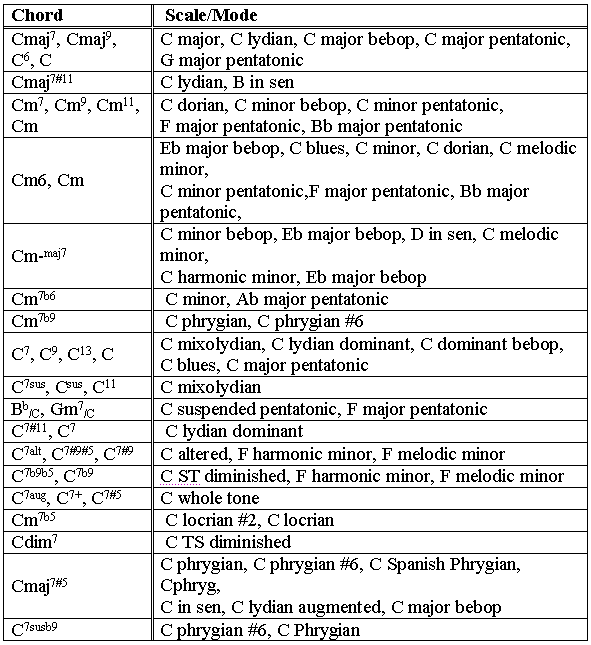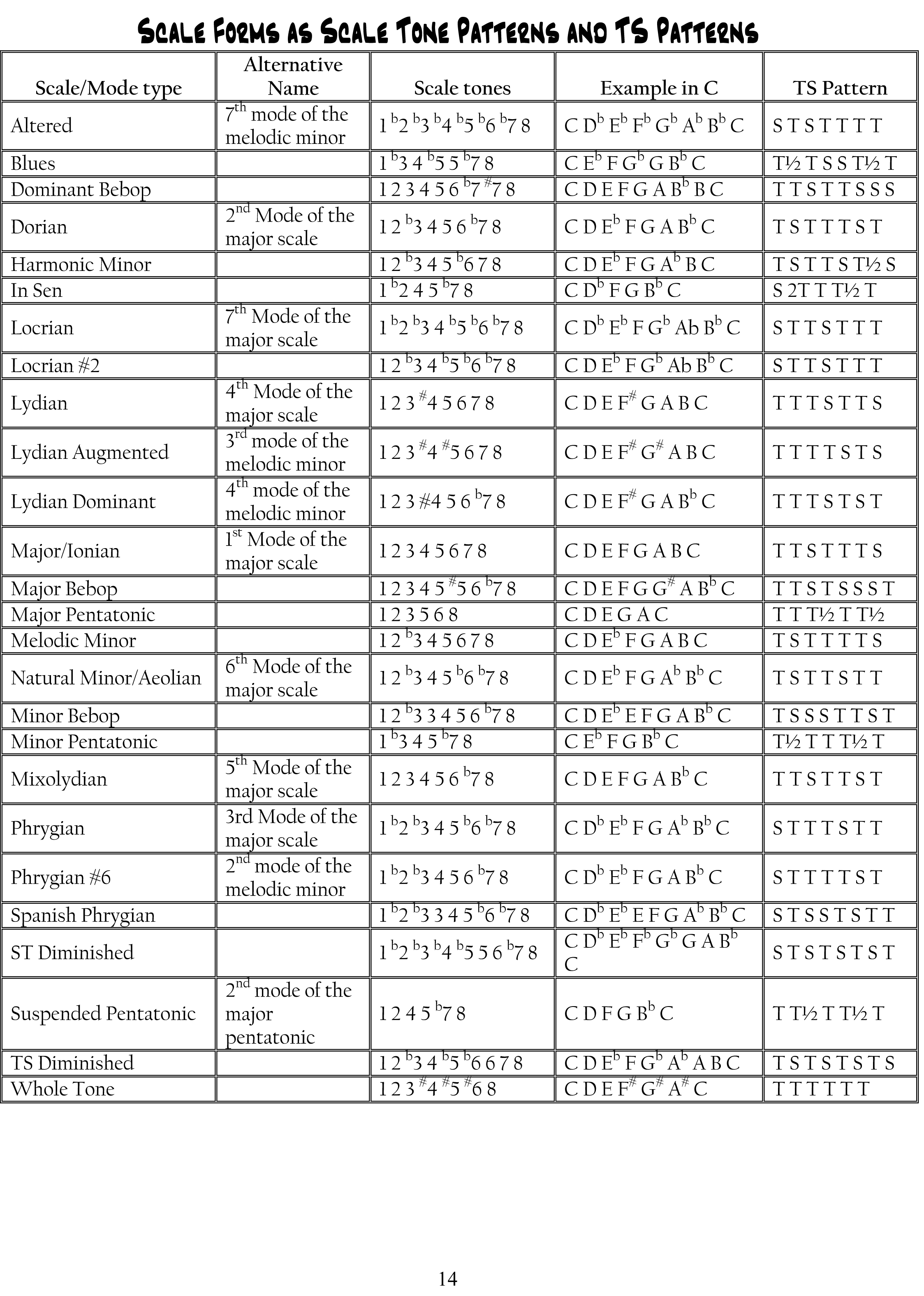bandcoach
Zukatoku - Mod Scientist
Dvyce, you're spot on. But you have convinced me that I should drop a shipload of [jazz] theory here
The hallmark of Jazz as opposed to Pop or Rock or “Classical” is that the composition of the performed work is spontaneous; it is the only form to rely on improvisation since the organ works of the Baroque period and is certainly the only jointly improvised musical form outside of certain improvisation groups in contemporary Art music and some of the more advanced forms of Rock.
The use of scales and modes provides a starting point for the creation of melodic ideas. Indeed, one theory of improvisation goes so far as to rely upon a so-called chord-scale intersection, wherein the chord currently being played provides certain alternative choices of scale and modes to use over it. Limiting oneself to a single scale or and mode when improvising is likened to limiting oneself to the same meal for breakfast, lunch and dinner; OK for a day or two, but eventually it becomes boring and you yearn for something different if only to remind yourself that there are different types of flavours.
Beginning improvisers are usually encourage to choose two or three scales and modes and apply them to all situations, gradually expanding their melodic palette by adding more and more scales and modes.
The scales first used include the basic major and minor scales, as well as a range of modes and constructed scales. The following list introduces a subset of the scales and modes used in Jazz:





Scale Forms used in Jazz
There are various scales and modes used in the composition and performance of Jazz.The hallmark of Jazz as opposed to Pop or Rock or “Classical” is that the composition of the performed work is spontaneous; it is the only form to rely on improvisation since the organ works of the Baroque period and is certainly the only jointly improvised musical form outside of certain improvisation groups in contemporary Art music and some of the more advanced forms of Rock.
The use of scales and modes provides a starting point for the creation of melodic ideas. Indeed, one theory of improvisation goes so far as to rely upon a so-called chord-scale intersection, wherein the chord currently being played provides certain alternative choices of scale and modes to use over it. Limiting oneself to a single scale or and mode when improvising is likened to limiting oneself to the same meal for breakfast, lunch and dinner; OK for a day or two, but eventually it becomes boring and you yearn for something different if only to remind yourself that there are different types of flavours.
Beginning improvisers are usually encourage to choose two or three scales and modes and apply them to all situations, gradually expanding their melodic palette by adding more and more scales and modes.
The scales first used include the basic major and minor scales, as well as a range of modes and constructed scales. The following list introduces a subset of the scales and modes used in Jazz:



Chord/Scale Chart
The accompanying chart lists the most commonly occurring chords in jazz harmony along with the scales and modes normally associated with each. The chords are grouped into the four basic categories of major, minor, dominant, and half diminished. In a pinch, any scale or mode from any chord in any one of these categories can be used for any other chord in that category. There is an additional category for miscellaneous chords at the end. There are many more possible scales, modes and chords. However, these are the most important ones in traditional jazz harmony.

Last edited:







